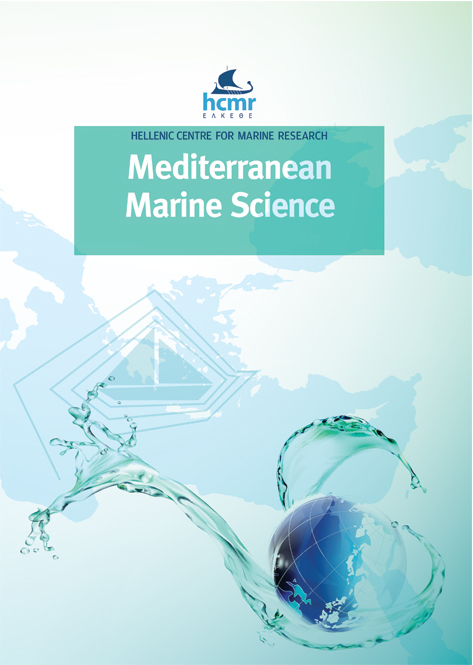Plastic and Us: looking at the marine litter problem from inside the rubbish. An unusual temporary exhibition at the Natural History Museum of the University of Pisa

Abstract
In this paper, we will describe a temporary exhibition held at the Museo di Storia Naturale dell’Università di Pisa (Natural History Museum of the University of Pisa, hereafter MSN), Italy, in year 2020-2021, and the educational and awareness raising results that the proposed approach has produced. The aim of this exhibition was to guide the visitor along a path of awareness on the very topical issue of “plastic in our environment”. It focused not only on the environmental impact produced by the dispersal of anthropogenic plastic waste, especially in the sea, but also on the awareness of what actions need to be taken, both on a governmental and personal level, by each of us, to limit it in the future. The exhibition started from the data and images proposed by the media, which shocked us with the seriousness of the plastic emergency and triggered worldwide attention. Then the emphasis of the exhibition shifted to scientific data, rigorously presented by researchers who study the issue directly in the field, in the Mediterranean Sea and along its coasts. Finally, the last exhibits addressed the issue of plastic disposal, inviting visitors to check their real knowledge about the concepts of degradable, compostable, or recyclable plastic, and to reflect on what could be the most effective means to limit plastic problems in the future. The plastic problem is exquisitely anthropogenic, and the exhibit was designed to make visitors feel involved. The mismanagement of the lifecycle of this material (from manufacturing processes to products’ end life) can be addressed on a global scale by drastically reducing the use and production of single-use plastic items, promoting proper waste management, and improving the effectiveness of recycling. The exhibition message was that laws are essential, as well as calling plastic producers to their responsibility, but something can also be done locally by us as individuals, through proper disposal and by producing less single-use plastic waste. Visitors' attitudes and knowledge on this topic were investigated through online questionnaires prepared by experts in the field, and the data collected are presented and discussed in this paper.
Article Details
- How to Cite
-
MERLINO, S., LOCRITANI, M., FARINA, S., SORBINI, C., BATTAGLINI, S., DELLACASA, M., SCAGLIA, P., MARCHI, D., & BONACCORSI, E. (2022). Plastic and Us: looking at the marine litter problem from inside the rubbish. An unusual temporary exhibition at the Natural History Museum of the University of Pisa. Mediterranean Marine Science, 23(2), 338–356. https://doi.org/10.12681/mms.26445
- Section
- Special Issue Ocean Literacy
Authors who publish with this journal agree to the following terms:
- Authors retain copyright and grant the journal right of first publication with the work simultaneously licensed under a Creative Commons Attribution Non-Commercial License that allows others to share the work with an acknowledgement of the work's authorship and initial publication in this journal.
- Authors are able to enter into separate, additional contractual arrangements for the non-exclusive distribution of the journal's published version of the work (e.g. post it to an institutional repository or publish it in a book), with an acknowledgement of its initial publication in this journal.
- Authors are permitted and encouraged to post their work online (preferably in institutional repositories or on their website) prior to and during the submission process, as it can lead to productive exchanges, as well as earlier and greater citation of published work (See The Effect of Open Access).




